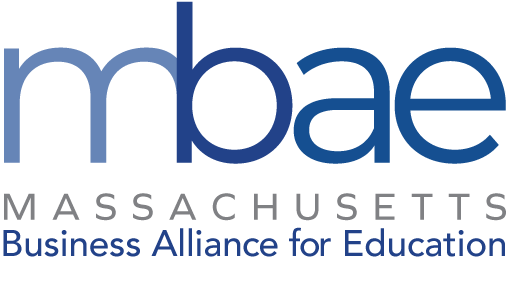New York Connects Teacher Prep to Classroom Performance
August 26, 2013Start Early with STEM
August 27, 2013Science, technology, engineering, and math (STEM) education is a critical component to developing a globally competitive workforce. Business leaders across industries agree: Investing to ensure a pipeline of workers skilled in STEM competencies is a workforce issue, an economic development issue, and a business imperative. In fact, the same could be said for early childhood education. A growing body of research suggests that developing STEM proficiency starts much earlier than high school, middle school, or even elementary school. STEM education starts in the earliest years of a child’s life, even before they reach kindergarten.
This powerful link between STEM and early childhood education was the subject of webinar recently hosted by ReadyNation, a national initiative to “amplify the voice of business leaders in support of early childhood policies that strengthen our economy and workforce.” The webinar, entitled “Start Early with STEM,” featured presentations by Dr. Greg J. Duncan, distinguished professor, School of Education at the University of California, Irvine; Marcy Reed, President & CEO of National Grid Massachusetts; and myself, JD Chesloff, Executive Director of the Massachusetts Business Roundtable and a board member of MBAE. Their message was clear: The best way to ensure return on STEM investments is to start at the beginning: with very young children.
Research confirms that the brain is particularly receptive to learning math and logic between the ages of 1 and 4. This is telling, considering that the Washington Post recently reported that 1 in 5 adults lacks the math competence expected of a middle-schooler. In fact, Raytheon, one of the great employers of STEM professionals in Massachusetts, conducted a survey of 1,000 middle-schoolers from across the country and asked them if they would rather do their math homework or eat broccoli. The winner…with 56% of the vote? Eat broccoli. Go figure.
Greg Duncan’s research has concluded that early math concepts are the most powerful predictors of later learning. As he pointed out during the webinar, his research has found that early math skills (controlling IQ) correlated most strongly with future school achievement, and that children with persistently low K-5 math skills are more likely to drop out of high school and are considerably less likely to attend college.
More high school dropouts and fewer college attendees mean fewer workers in the pipeline, particularly for high demand STEM jobs. In the next 10 years, STEM jobs will grow by 17%, compared to 9.8% for all other occupations. And across the US, all occupations, there are 3.6 people for every 1 job. In STEM, there is 1 person for every 1.9 jobs. So supply is low, demand is high and there is a mismatch between projected future jobs requiring STEM skills and the projected supply of qualified workers to fill them.
Marcy Reed highlighted this problem in her presentation. As she noted, “We depend on engineers to help shape the future of energy, but there is a shortage of engineers entering the workforce. So, we’re preparing today for tomorrow’s engineering workforce by investing in STEM. Investing in STEM is a social responsibility and starts with early education.”
Young children are natural are natural-born scientists and engineers. High-quality early-learning environments provide children with the opportunity to build upon their natural inclination to explore, to build, and to question. As I pointed out during the webinar to support Marcy’s point, concepts at the heart of STEM—curiosity, creativity, collaboration, critical thinking—are in demand by employers. They also happen to be innate in young children.
ReadyNation has figured this out, and focuses its efforts on researching a wide variety of early childhood issues, communicating their findings, and mobilizing business leaders and activists to build support for early investments. Their recent brief, “Tomorrow’s Science, Technology, Engineering and Math Workforce Starts with Early Education,” discusses why business should support STEM in the early years, highlights what businesses are currently doing to support early STEM, and provides examples of what young children can learn before kindergarten.
Massachusetts is making great progress in linking the two agendas. The Department of Early Education and Care is integrating STEM into its Quality Rating and Improvement System and professional development for its teachers, for example. And the implementation strategy for the state STEM initiative, called the @Scale program, has a specific focus on early childhood education. This infiltration strategy is one that I highlighted during the webinar and one that holds great promise for moving this agenda forward. This work must continue in earnest.
During the webinar, I concluded that to remain competitive in the global economy, investment is needed to ensure a workforce pipeline skilled in STEM competencies. This is important to our long term competitiveness because today’s young children are tomorrow’s workforce. Workers who are fluent in math and other STEM competencies will be more prepared and qualified to fill the jobs that our innovation economy demands. And the best way to shore up that pipeline is to start investing in it early.
JD Chesloff is Executive Director of the Massachusetts Business Roundtable and a board member of MBAE
